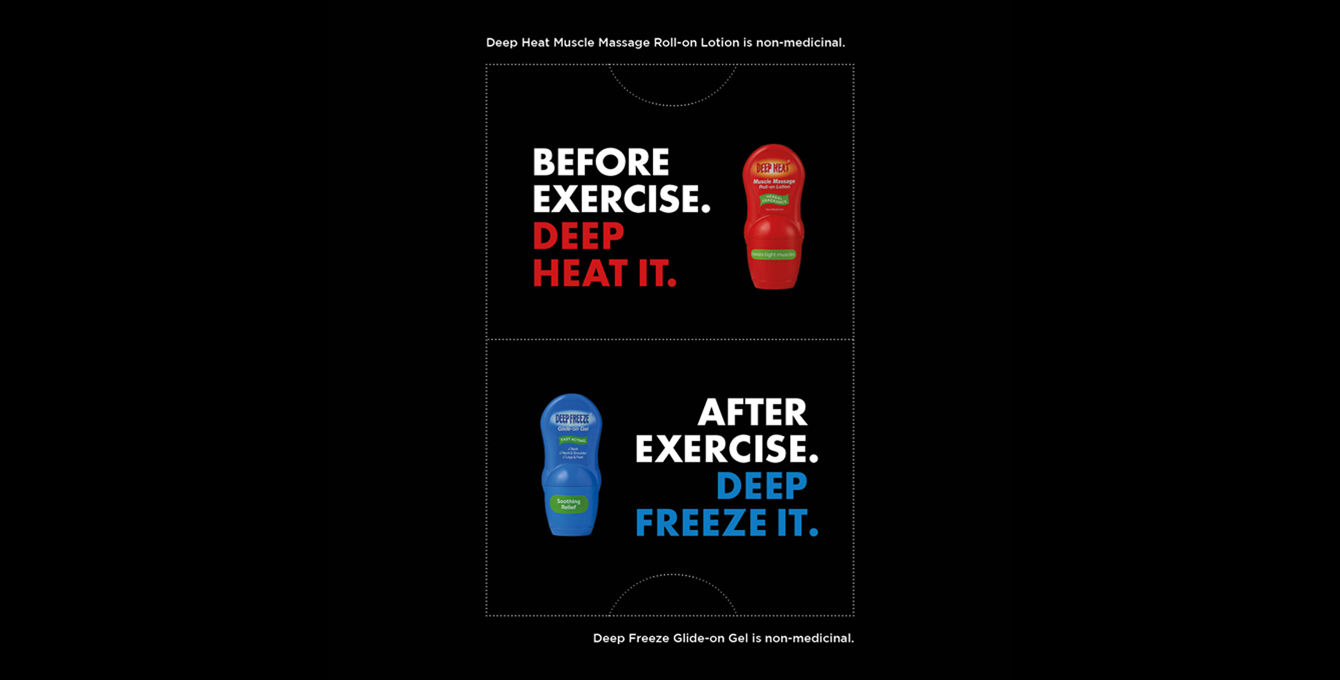
Upping Your Game
Chris Ruxton, Personal Trainer and CrossFit L2 Trainer:
As a personal trainer with expertise in strength training, I'm often asked why people should bother with weights when their focus is on sports like running or football. My answer is always that sports performance depends on a variety of muscle systems, as well as cardiovascular fitness. Ignoring muscular strength and wellbeing misses out a vital piece of the puzzle. So, if you are interested in upping your game in football, read on to find out more.
Getting started
We know that endurance runners do aerobic training, sprinters do short bursts of high intensity training, and weightlifters do static training. But football requires a combination of all of these.
In elite football, players typically cover a distance of 9-10 km per match – even goalies cover 4-5 km. Weekend warriors will be walking, jogging and sprinting several kilometres in a game.
This means, football players must be able to jog or walk briskly over distance then sprint for short bursts, when needed. Obviously, the aim of football is to score goals so the average football player also needs leg strength and stability, explosive muscle power and flexibility for frequent changes of direction. How do you get there in your day-to-day training?
Warmups
It's easy to kid yourself that warmups are a waste of time but they really are worth the extra 10-15 minutes. Warming up gets your heart and muscles used to performing at a higher rate and helps to prevent injury. I recommend the following:
Running warmup – jog at a steady pace for 5 minutes then gradually up the pace each minute for an additional 5 minutes. If you're in the gym, you can do a similar exercise on a treadmill, rower or bike.
Now transition into a series of active stretches repeating these twice through:
- Leg swings – 10 on each side, holding onto a wall
- Zombie walk for 30 seconds
- Jogging backwards on your toes for 30 seconds
- Quad and piriformis walk for 30 seconds
- Pogo hops for 30 seconds
Fitness plan
There is no one fitness plan for everyone. Instead, you need to take into account your current football performance, your fitness goals, how much time you have to train (realistically) and any injuries or health limitations. A good all-round fitness plan for non-elite football includes a cardiovascular element, strength training and flexibility.
Aim for 2-3 cardiovascular sessions a week which vary between steady endurance training and running at different heart rate zones. If you don't have a heart rate monitor, this can translate simply to low, medium and high perceived effort.
For the strength element, you can get into the gym to perform compound movements such as deadlift, back squat, clean and bench press using a barbell or dumbbells. Ask a qualified coach for advice on weights, reps and technique to avoid injury.
If you don't have access to a gym, body weight can be used to deliver strength training such as squats, lunges, plank, sit ups and press ups.
Remember to rest. For all levels of sports performance, rest is a vital component of a training programme. Rest aids recovery, allows the muscles to repair, protects immune health and helps prevent injury so factor in 1-2 rest days a week.
Muscle wellbeing
No one wants their fitness plan to be thwarted by training mishaps and re-occurring injuries. The best way to do this is by warming up every time you train, performing within your capabilities and technique, cooling down, and factoring in rest days. Common football injuries involve hamstrings, calves and hip flexors.
Muscle rehabilitation allows muscles to repair and become stronger and more flexible so it's worth factoring into your routine. It can involve stretching exercises, like glut bridge or bird dog, and various therapies including heat therapy, cold therapy, massage and compression.
Deep Heat and Deep Freeze are topical products which deliver instant warmth or cooling therapy to help keep muscles healthy. They come in portable roll-on formats making them an essential part of your sports kit.
Deep Freeze Glide-on Gel provides non-medicinal, fast acting, scientifically proven cooling and soothing relief and works just like ice. Cooling therapy can decrease blood flow and may help calm minor aches in muscles and joints. Deep Freeze Glide-on Gel comes in a convenient and mess-free roll-on format so that you can use it on the go. It can also be used alongside pain relief medicines.
Deep Heat Muscle Massage Roll-on Lotion is a handy non-medicinal product which combines massage with heat therapy to help ease tight, tense muscles. It can be used every day before or after exercise. When combined with massage it helps release muscle knots and improve circulation.
I always suggest using heat to warm up muscles and get them ready for training then using cooling therapy for muscle niggles and strains. Remember to seek medical advice if you are concerned about an existing or new injury.
Top tips
I hope you've found this article useful. Just to end, here are my 5 top tips for football fitness.
- Stay consistent with your training by making a plan and sticking to it
- Keep nutrition on track – don't allow bad eating patterns to sabotage your training efforts
- Put appropriate effort into fitness – basically you get out what you put in
- Warm up effectively each time
- Listen to your body and remember to use Deep Heat or Deep Freeze therapies when needed.


